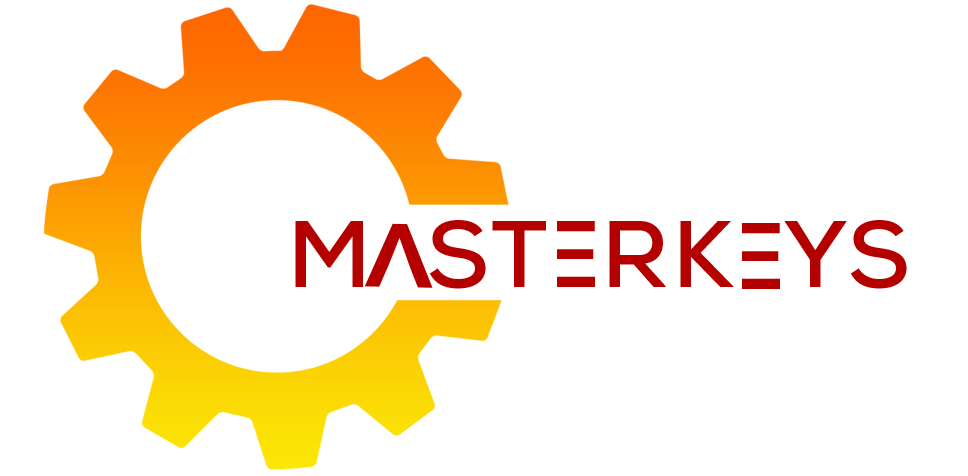
Here are some of the most famous activation functions used in neural networks, along with their advantages and disadvantages:
1. Sigmoid Function:
- Output: Ranges between 0 and 1 (squashes the input values between 0 and 1).
- Advantages:
- Smooth output, making it suitable for modeling probabilities (often used in output layer for binary classification).
- Well-behaved gradients for backpropagation (a technique used to train neural networks).
- Disadvantages:
- Output saturates for large positive/negative inputs (vanishing gradients). This can slow down the training process.
- Not zero-centered, which can affect the learning process in some cases.
2. Hyperbolic Tangent (tanh) Function:
- Output: Ranges between -1 and 1 (squashes the input values between -1 and 1).
- Advantages:
- Zero-centered output, which can be helpful for some neural network architectures.
- Well-behaved gradients for backpropagation.
- Disadvantages:
- Similar saturation issues as sigmoid for large positive/negative inputs.
3. Rectified Linear Unit (ReLU):
- Output: Max(0, input) – Simply sets all negative inputs to zero and keeps positive inputs unchanged.
- Advantages:
- Fast computation (no complex mathematical operations involved).
- Avoids vanishing gradients: Because ReLU only allows positive values, it avoids the gradients vanishing to zero during backpropagation, which can speed up training.
- Disadvantages:
- Dead neurons: ReLU neurons can become inactive (stuck at zero) if they receive constant negative inputs. This can limit the network’s ability to learn.
Choosing the Right Activation Function:
The best activation function for a specific task depends on various factors like the type of problem you’re trying to solve and the architecture of your neural network. Here’s a brief guideline:
- Use sigmoid or tanh for output layers where you want probabilities (e.g., binary classification).
- Use ReLU for hidden layers in most cases due to its computational efficiency and ability to avoid vanishing gradients.
References:
- https://www.analyticsvidhya.com/blog/2022/03/introductory-guide-on-the-activation-functions/ This article provides a good overview of activation functions and when to use them, including sigmoid, tanh, and ReLU.
- https://www.linkedin.com/pulse/demystifying-activation-functions-neural-networks-ravindra-bajpai-6oc7c This article offers a broader look at various activation functions beyond the three classics mentioned.

Dr. Amit is a seasoned IT leader with over two decades of international IT experience. He is a published researcher in Conversational AI and chatbot architectures (Springer & IJAET), with a PhD in Generative AI focused on human-like intelligent systems.
Amit believes there is vast potential for authentic expression within the tech industry. He enjoys sharing knowledge and coding, with interests spanning cutting-edge technologies, leadership, Agile Project Management, DevOps, Cloud Computing, Artificial Intelligence, and neural networks. He previously earned top honors in his MCA.



